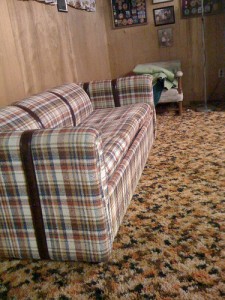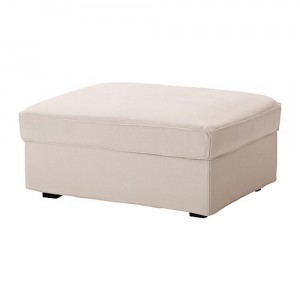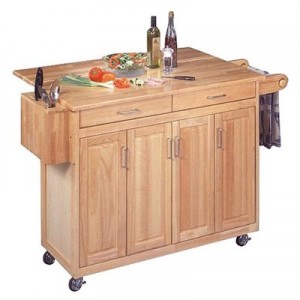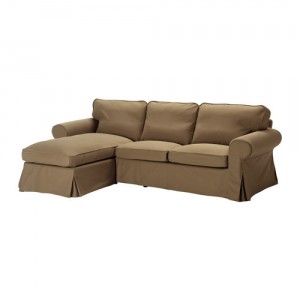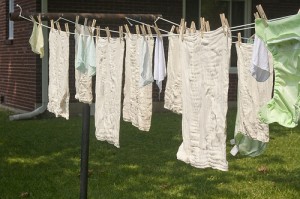 This post is based only on my personal experience. I am not a legal expert, and nothing written here should be considered legal advice. If you have a legal issue, always seek the advice of a legal professional licensed in your state.
This post is based only on my personal experience. I am not a legal expert, and nothing written here should be considered legal advice. If you have a legal issue, always seek the advice of a legal professional licensed in your state.
One of the only cons about buying our house when we did is that we were locked into a lease until next January. We had the option to terminate, but I decided we’d only do that if we found a really special house for a great price, because breaking our lease was expensive. According to our lease, we had to pay a termination fee equal to two months rent.
Of course, we did find a special house for a great price, and interest rates were extremely low, so we decided it was worth the extra cost to buy this house and terminate our lease. I never regretted our decision, because I love our house, and I know it wouldn’t have been on the market by January.
A friend from high school who is a lawyer saw me talking about the apartment lease termination fee in a Facebook post, and she contacted me to offer her advice. “Those termination fees aren’t legal,” she told me.
Here’s what she said: when a contract is broken in my state (Indiana), the other party cannot hold you responsible for any more money than they actually lost as a result of the broken contract. If I break the lease, and someone moves in immediately, they can’t charge me two months rent, because they didn’t lose the equivalent of two months rent due to the broken lease.
Theoretically, I could have been responsible for rent payments for the remainder of our broken lease, but ONLY if the apartment complex made their best efforts to fill the vacant unit and it remained vacant. I knew that wouldn’t be the case, because my landlord made a big deal about the fact that ours was the only available 2-bedroom unit, and she thought it would rent quickly. Landlords are also not allowed to collect rent from two tenants simultaneously.
I was nervous and skeptical about it. It’s not that I didn’t trust that my friend was right. I just assumed that it would take a long legal battle (read: lawyer and court fees) to get out of the fee. I wasn’t interested in going to court. In the end, I was concerned that I’d spend more time and money fighting it than I would if I just paid it. So I sent the check.
My friend suggested that if I didn’t want to deal with a legal battle, I should just give them a little resistance and see how they reacted. Oftentimes, landlords know these fees aren’t legal, so if you give them even just a little push back, they’ll let it go.
“Landlords do this sort of thing all the time. They know it’s void, but they don’t expect anyone to question it, so they’re usually able to collect the fee without problems.”
That made me angry. I hate to think that landlords are collecting all this money from people simply because most of us don’t know our rights.
Two weeks later, I went to the move-out inspection. Things had calmed down a lot, and I regretted that I hadn’t fought the fee. It was a lot of money. After the inspection, I brought it up.
“I’m confused about the termination fee,” I said. “The way I understand it, it’s illegal to collect double rent. How is the termination fee not double rent if you have another renter living in the apartment?”
She seemed caught off guard by my question. I honestly don’t think very many people had ever questioned it. It’s in the lease, so they think it’s set in stone. Like me, they don’t know their rights.
“We don’t charge double rent,” she said. “If someone moves into the apartment right away, we don’t charge a termination fee.”
Huh. That’s funny. Because she was the one who told me there was no way out of the fee, and in the same breath, she told me our apartment was the only 2-bedroom available and it wouldn’t take long to rent it.
“If you find a new tenant sooner than two months, I should get a refund for the remainder of the two months I paid for my termination fee then, correct?”
“Yes, but I doubt we’ll have a new tenant that soon,” she told me.
Do you know for sure that you haven’t found a new tenant yet? I asked. “I don’t know. I’d have to check,” she said.
She didn’t seem to be in a big hurry to check. I followed her back to the office, and before I left, I asked her to check. Sure enough, a new tenant was scheduled to move in two weeks after we moved out.
“Great! How much money will I get, and when will I receive it?” I said.
She acted really funny about the situation. She went into the other leasing manager’s office, and closed the door. I waited. Ten minutes later, she came back out with a number written on a Post-it note. It was the amount of my expected refund — 80 percent of the total termination fee I paid. I would only be responsible for paying the equivalent of two weeks rent since that’s how long the apartment would be vacant.
They both acted like no one had ever questioned this termination fee, but once I brought it up, they had to refund me.
They couldn’t confirm that I’d actually receive it until the new tenant signed the lease and actually moved in. They told me to call in two weeks.
They gave me the run-around a little. I had to make several follow-up calls. But this week, I received confirmation that I would receive 80 percent of the fee that we paid back.
Like I said, I am by no means a legal expert, and my friend is licensed to practice in just one state (not even my state), so this is not true in all cases or all states. As I mentioned, if there are a lot of empty units in your apartment complex, it’s probably worth it to pay a termination fee, because otherwise you could be responsible for rent payments for the remainder of your lease term if the unit remains empty. But if you break a lease, be adamant about checking to see if the landlord has found a new tenant, because it likely means you are owed a refund for any fee you paid.
The lesson here is just that it’s absolutely worth learning your rights and being persistent about exercising them. Even if you’re like me and you’re wary of a long legal battle, it can’t hurt to question a policy if you think something is fishy. It can save you a ton of money.
 Regular blogging will now be interrupted for whining.
Regular blogging will now be interrupted for whining.